The Hamilcar was developed General Aircraft Ltd (GAL) from January 1941 to meet the requirements for the transport of heavy equipment for airborne troops following Prime Minister Winston Churchills call for the formation of airborne forces in June 1940.
GAL were approached to develop a troop carrying glider (GAL 48 Hotspur) under Air Ministry Specification X.10/40 and a larger glider to transport heavy equipment under Air Ministry Specification X.27/40. This heavy glider concept was later defined as the GAL 49 Hamilcar. The name Hamilcar was chosen to follow the British convention of naming gliders with names beginning with the letter 'H' of historical characters. In history Hamilcar was a Carthaginian general.
The choice of GAL was a result of them having had experience with gliders and with a tentative design of a glider able to transport a Tetrach Light Tank on the drawing board. This rather unique design would see the tanks turret outside of the fuselage and with the tanks driver also acting as the glider pilot. This design was not pursued and instead a new more conventional design was ready by Feb 1941.
However, as no similar sized glider had been proposed before the first prototype produced was actually only 50% of the actual size and flew in Sept 1941 towed by a Whitley tug. Despite crashing on landing a second full sized prototype was completed in March 1942 and flew on 27 March 1942 towed by a Halifax. Because of its size the Hamilcar needed a powerful aircraft to tow it, and in this respect the Halifax had an excellent record.
The initial order for production received called for over 300 gliders and this was later increased to 800. Production of components was divided between the Hamilcar Production Group consisting of AC Cars, The Co-Op and The Birmingham Railway and Wagon Company.
In reality, however, the slow rate of production of such a large and complex glider meant that by the end of the war only 344 completed and this was exacerbated by issues at GAL.The Ministry of Aircraft Production eventually had to appoint a panel to investigate, and recommended the replacement of several managers.
Further pressure on production was added when the United States ordered 140 Hamilcars, which was subsequently cancelled.
With a length of 68 ft, this glider was the longest wooden aircraft constructed during the war, designed to carry light tanks or combinations of vehicle equipment. It was constructed mainly from balsa and spruce with fabric and ply covering. The cockpit was on top of the fuselage and the whole front nose opened on hinges to allow access for vehicles. The design allowed for a step approach onto a landing zone at speeds between 80-100 miles per hour.
Inside the glider complex anchoring was used to keep the load in place. For tanks the driver could release these anchors with the pull of a cable and by driving forward would release a further cable to open the nose. To facilitate unloading, the shock absorbers of the fixed wheeled undercarriage could be deflated. In emergencys tanks could drive through the nose, if it failed to open.
34 Hamilcar's were used in Normandy in June 1944 tp transport 17 pounder anti tank guns and Tetrarch light tanks and universal carriers, although many were damaged on landing and in the subsequent fighting and none were recovered back to the UK.
For Operation Market Garden in September 1944 there were 3 planned lifts of Hamilcars totalling some 38 gliders. They were to be utilised in carrying the heavy 17 pounder, universal carriers, stores and a US Engineer detachment.
The first lift was completed but some of the Hamilcars hit soft soil which combined with the nose heavy nature of the design and load inside met they dug a furrow into the earth causing them to flip over. With the cockpit on top this resulted in the unfortunate deaths of 3 pilots. The second lift was also completed albeit, with several crashes due to AA fire whilst the 3rd lift of the US engineers was cancelled.
The Hamilcars next operation was Op Varsity in March 1945, with some 48 being used carrying a mix of vehicles and stores as used on previous operations, with 8 being utilised to carry the new Locust light tank.
Post war the Hamilcar, like all gliders, dropped rapidly out of service, with all being scrapped by the 1950s. Today only sections remain at The Museum of Army Flying and Tank Museum, and a partial set design/reproduction at The Dumfries and Galloway Aviation Museum.
A powered version was proposed (GAL 59 Hamilcar X) to allow operations in the Far East, where the tropical atmosphere reduced the towing ability of aircraft. It never went into production.
See also:
Joan Gemmell's profile - a civilian who worked on the Hamilcar production lines.
Specification:
Crew: 2
Capacity: 7 tons
Length: 68 ft (20.73 m)
Wingspan: 110 ft (33.53 m)
Height: 20 ft 3 in (6.17 m)
Empty weight: 18,400 lb (8,346 kg)
Max. take-off weight: 36,000 lb (16,329 kg)
Maximum speed: 150 mph (240 km/h)

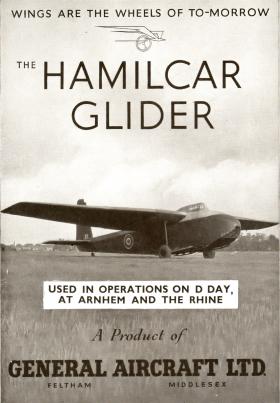
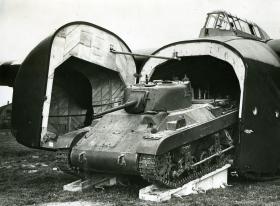
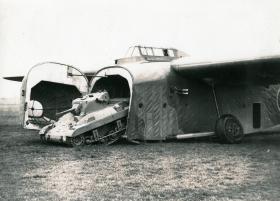
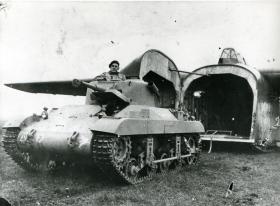
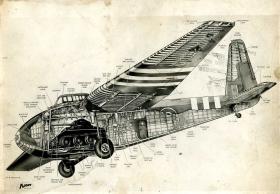
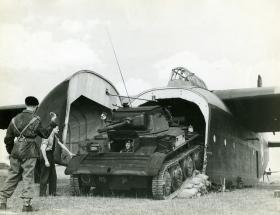
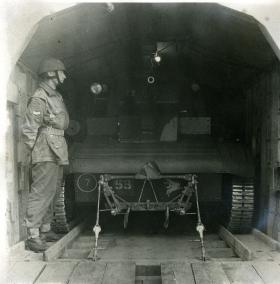
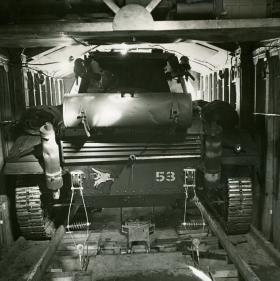
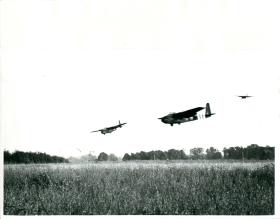
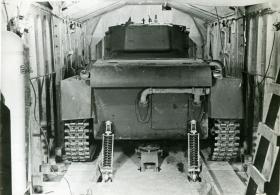
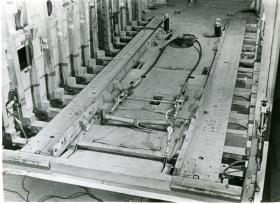
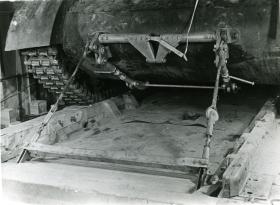
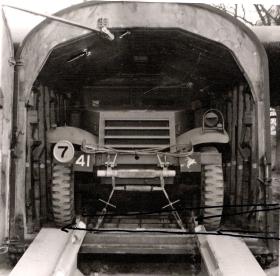
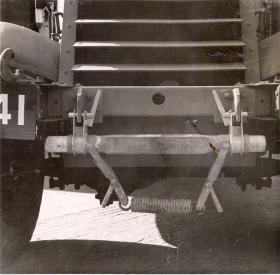
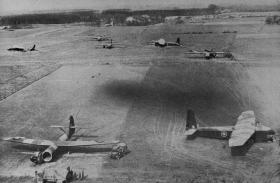
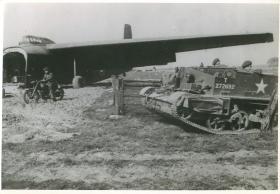
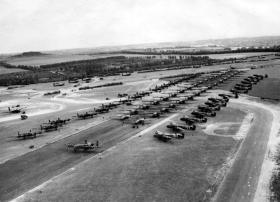
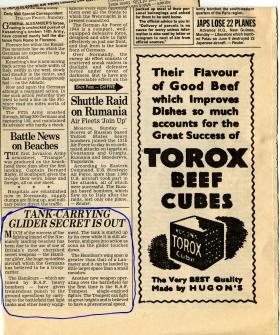
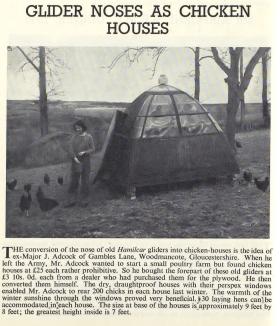
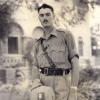
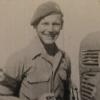
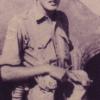
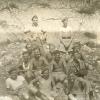
Latest Comments
There are currently no comments for this content.
Add Comment
In order to add comments you must be registered with ParaData.
If you are currently a ParaData member please login.
If you are not currently a ParaData member but wish to get involved please register.